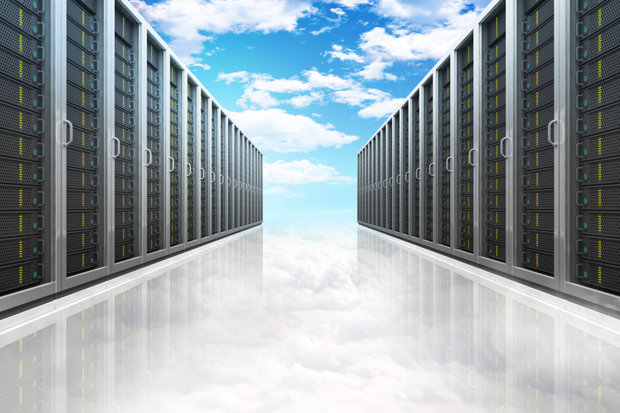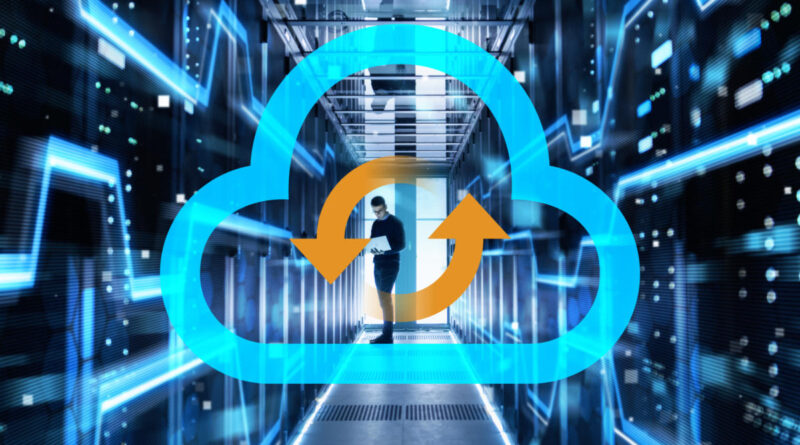Intel details IPU roadmap to free up CPUs
Intel is betting that future data-center operations will depend on increasingly powerful servers running ASIC-based, programable CPUs, and its wager rides on the development of infrastructure processing units (IPU), which are Intel’s programmable networking devices designed to reduce overhead and free up performance for CPUs.
Read more: SmartNICs set to infiltrate enterprise networksTo read this article in full, please click here READ MORE HERE…









